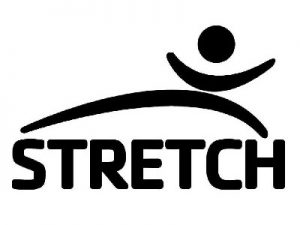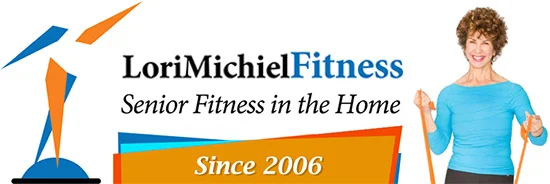
It’s no secret that our bodies feel tight and stiffer if we don’t stretch, especially as we get older. If you invest most of your exercise time into strengthening your muscles or working on your cardio routine, it’s easy to forget about stretching.
When I was in my teens, I used to envy my friends who could do splits in ballet class or wrap their legs around their neck like a Cirque du Soleil performer. I would love to have been that flexible and move with the grace of a swan. The bigger question is, now that I am in my sixties, do I still need to prove to myself that I can do it? Yes, but not necessarily to that extent.
How much stretching we do every day will depend on how much time we want to devote to it. For most people it is an afterthought. Five minutes before or after an exercise routine is common. Sometimes we are so tired after a routine, we forget about stretching all together. We all need a good S T R E T C H now and then. It’s one of the keys to feeling more relaxed, open and mobile. Here is a good start to understanding the different types of stretching concepts and how they may apply to your lifestyle.
When you stretch on a regular basis, you’ll also help prevent injury, chronic pain and soreness. You’ll sleep better, usually feel less stressed, and have more energy. It’ll be easier to reach for things on a shelf, or something that might have rolled under your car seat, chair, etc.
Stretching Basics
There are several combinations of stretching techniques. Static – the most common form in general fitness are stretches that are held for 10 to 30 seconds or longer, usually repeated, and will help with flexibility. Two common forms of static stretching are:
- Active: added force is applied by the individual for greater intensity
- Passive: added force is applied by an external force (e.g., a partner or method, such as a towel or strap, to increase intensity)
Dynamic stretching requires more continuous movement rather than holding a position for longer than a few seconds. The movement uses muscles to create the stretch. These patterns improve everyday functional activity.
Active Isolated Stretching is a technique where you hold a position for only a few seconds at a time, then repeat by moving a bit deeper each time, exceeding the previous point of resistance by a few degrees. Going slow is the point. Generally, repeat four to five times.
The American College of Sports Medicine recommends that regular stretching is best if you include both short (10 to 30 seconds) and long holds (20 to 90 seconds), performed two to three times per week, to increase joint range of motion.
You can incorporate simple stretches into your daily activities, such as after you get up in the morning, before or during a long walk or hike, before using the computer, while watching television or preparing for bed. You may be surprised at how a little stretching each day can make a difference over time.
Remember to avoid stretching beyond your comfort level, especially when you are not warmed up. When you reach to lengthen your body, you should feel a slight pulling sensation. Be sure not push too hard or your muscles can tighten again. As you repeat the movement, it will get easier.
Be patient with yourself. You should see results in a few weeks depending how diligent you are. And then you can get out of the rut of moving your body the same way every day. Check out Did You Hear? Stretching is Back in Fashion – Part 2 about the importance of stretching next month!
For NEW tips, videos and information, visit our website or Facebook page. Share our newsletter “Fitting News” with someone you care about. We’d love to hear from you, fill out our Contact form or call us at 818-620-1442. We do fitness differently!
